Dramione Character Traps: Hermione Granger
Previously I wrote about the way Draco Malfoy is portrayed in Dramione fan fiction and how these depictions are quite at odds with his portrayal in the original series. This time the focus is on the other star of the show: Hermione Granger.
It seems as though a lot of fan fiction portrayals of Hermione aim to be empowering, but they really miss the mark and end up being pretty misogynistic instead.
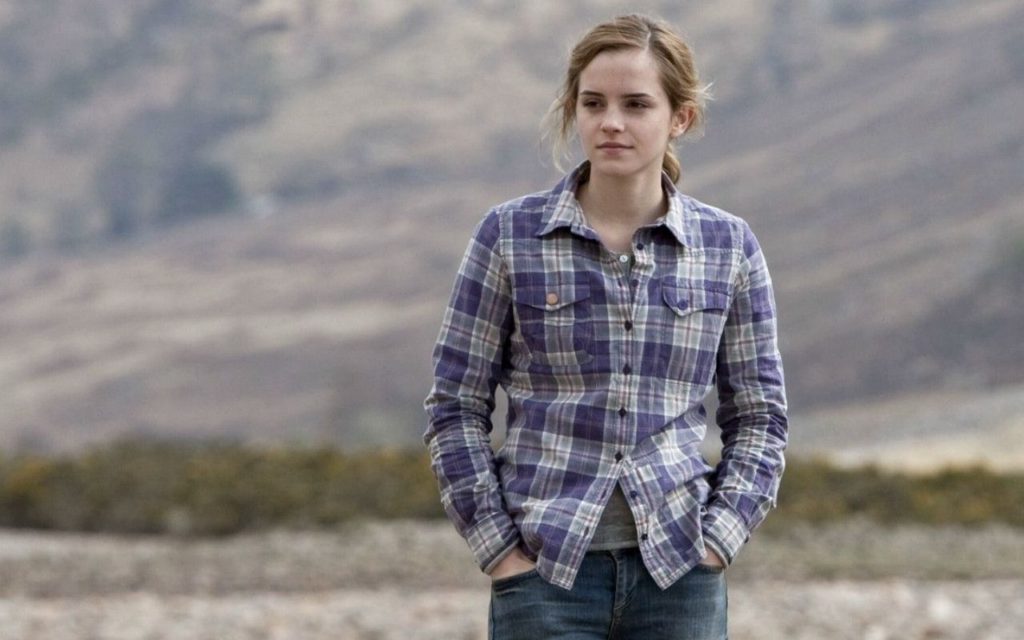
The most prevalent example I’ve seen is Hermione being depicted as “not like the other girls.” This is a double whammy because it paints other girls as ultra-feminine and ridicules them for it while also erasing Hermione’s femininity and praising her for deviating from the norm. The more Hermione is admired for her good qualities specifically at the expense of other girls, the more strongly the message is driven home that femininity is somehow inherently abhorrent.
This narrative is further reinforced by crudely caricaturing femininity in the form of insipid, shallow, giggling girls, against whom Hermione is frequently compared in order to emphasize (what are perceived to be) her superior character traits.
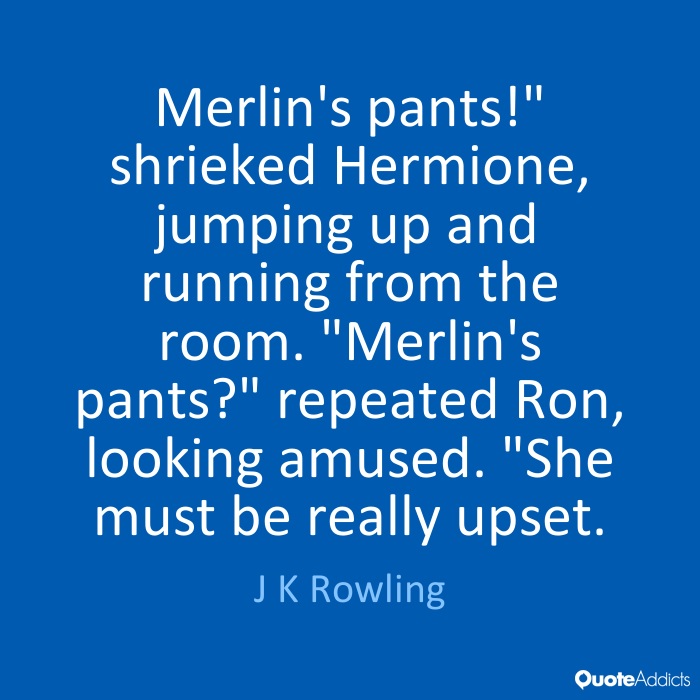
One of the ways this portrayal is facilitated in fan fiction is through Hermione’s casual use of swear words. Throughout the original series, Hermione is usually shown to be chastising Ron for swearing so much. Out of all seven books, Hermione had only one profane outburst herself – “Merlin’s pants!” (DH 12) – and despite being rather tame, it was so out of character that it elicited quite a reaction from Ron. By contrast, in fan fiction, she’s dropping F-bombs left and right and is often praised for it because it supposedly sets her apart from other girls.
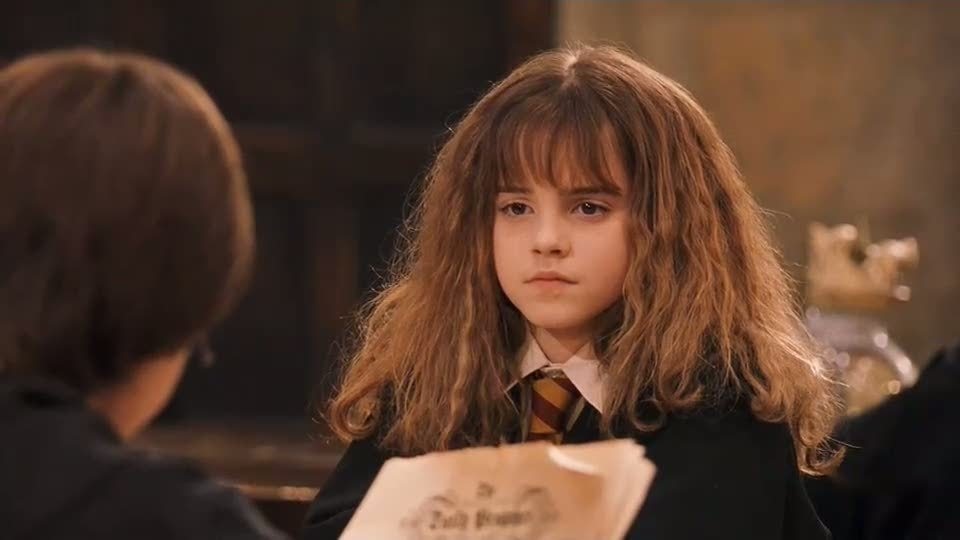
Hermione is also often depicted in fan fiction as cold and unemotional. She deals only in logic and rationality and has neither the time nor the patience for girlish fancies such as love and family life. When she falls for Draco in these stories, it’s usually with great reluctance and self-remonstrance. Meanwhile, Hermione in the original series is shown to cry a lot and have a very deep understanding of emotions and relationships (teaspoon, anyone?). Quite apart from being unfaithful to her true character, these Spock-like depictions of her personality reduce her complexity rather than enhance it.
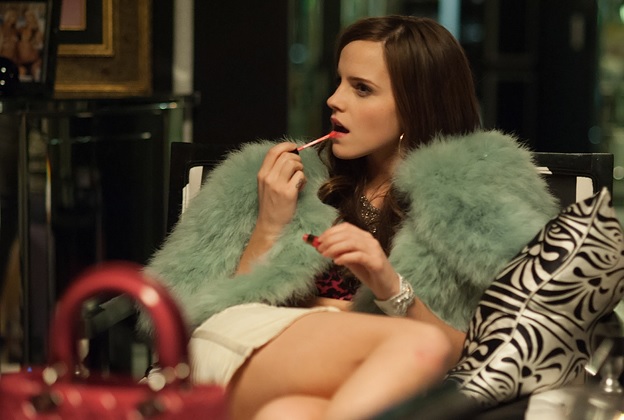
Furthermore, Hermione is often painted in fan fiction as having undergone a Longbottom-esque physical transformation, suddenly making her extremely good-looking. Let’s be honest: Girls are usually not praised for “not being like the other girls” unless they are conventionally attractive too. Far from the girl in Goblet of Fire who explained to Harry that using Sleekeazy’s Hair Potion every day was simply too much effort, it’s as though she has suddenly stepped into the world of Devil Wears Prada and is now parading around in tightly tailored skirt suits and stilettos. This seems to imply that Hermione can only be desirable if she conforms to traditional beauty standards, which we all know is not true. Krum and Ron are at least two examples of that. Just to clarify, there is nothing wrong with people wearing makeup and nice clothes. For Hermione, though, it’s just out of character.
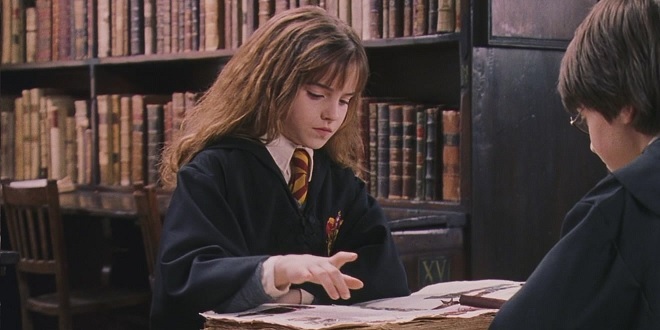
Despite my track record, I didn’t intend for this article to be a feminist piece; it just so happens that many ways in which Hermione is depicted in fan fiction are incredibly sexist, and I didn’t even fully realize this until I sat down to write about it. It just goes to show how much sexism can fly under the radar, even when we’re making something our own.
I hope you enjoyed this article because there’s plenty more where this came from. In JKR’s own words, the next piece will be about a “freckle-faced, red-haired, long-nosed someone” (CoS 2).

